Ancient fossil remains of earwig-like insects, known as tillyardembiids, were discovered by paleontologists in Russia. The insects were discovered with pollen from gymnosperms. Gymnosperms are non-flowering plants that existed approximately 542 to 250 million years ago. That was long before the more common flowering plants appeared. The discovery is very unique because it pre-dates the earliest recorded pollen-covered insects by approximately 120 million years. The fossils were discovered in a lagoon near the village of Chekarda, which is 1,600km from Moscow. The researchers also found evident insect bites on plants dating back more than 250 million years. This provides the earliest evidence of probable “sleep movements” of leaves.
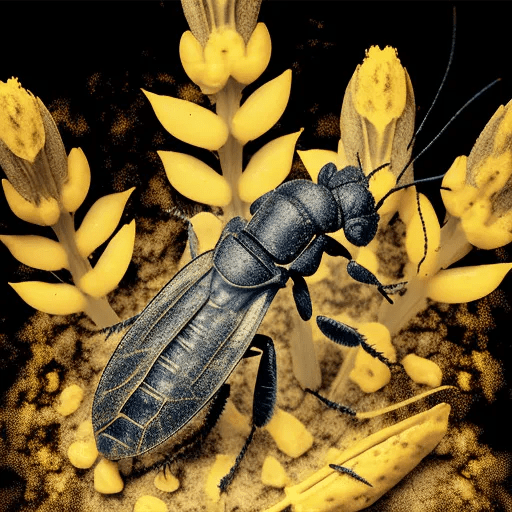
Tillyardembiids, were considered to have been left by grasshoppers, which are some of the most ancient chewing creatures. Currently, grasshoppers are considered fatal pests of cereals, vegetables, and pasture, feeding during the day and even in night. The behavior traits of the tillyardembiids could be seen as a precursor to earlier insect pollination. The finding sheds light on the early evolutionary stages of insect pollination. It delivers direct evidence of pollen dispersion by Paleozoic insects.
The fossils were found during the early Permian period, a era when amber with insect inclusions did not exist. As per Dr. Alexander Khramov, senior researcher at the Paleontological Institute, Russian Academy of Science in Moscow, the pollen particles found on the body surfaces of Paleozoic insects flattened into the rock is unexpected.
The research team also studied gigantopterids, an extinct group of seed-producers characteristic of the Permian Cathaysian floras. This is approximately 300 to 250 million years ago. Broad leaves the plants’ experienced frequent attacks from insects, which were easy to spot. This finding presents fresh insight into the ecology and history of plants. Co-author and researcher at the Swedish Museum of Natural History in Stockholm, Dr. Stephen McLoughlin, believes that biological features of ancient organisms can be figured out in the future from fossils through further detailed observations of animal interactions.
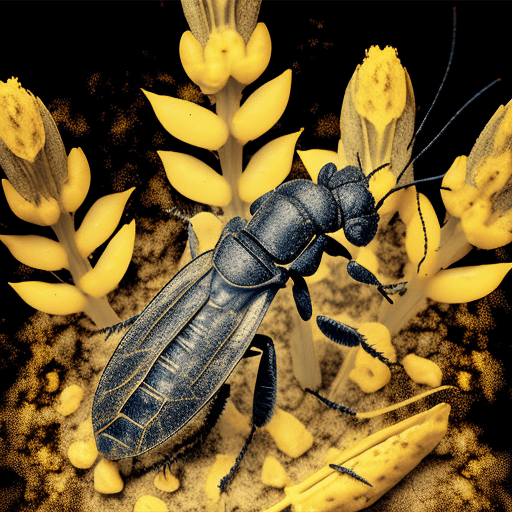
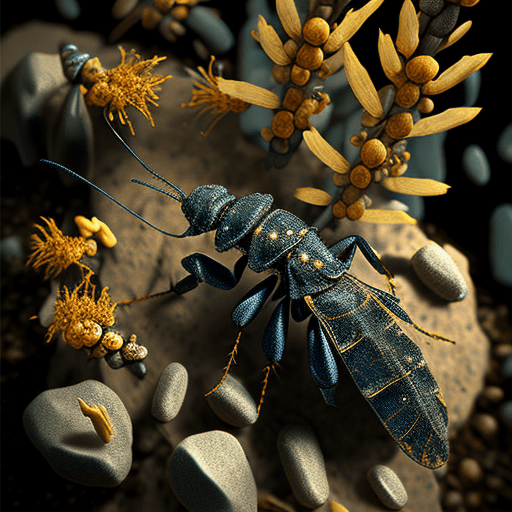
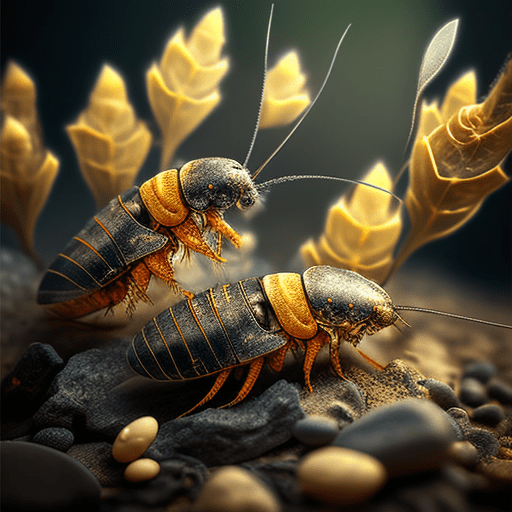
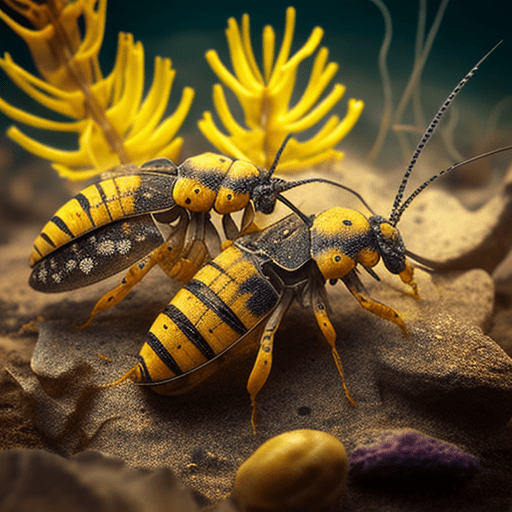
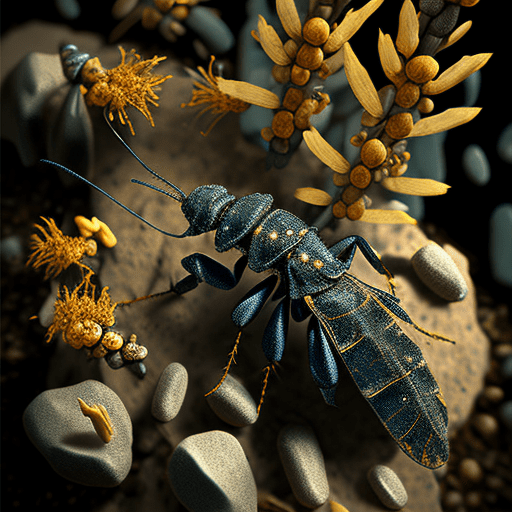
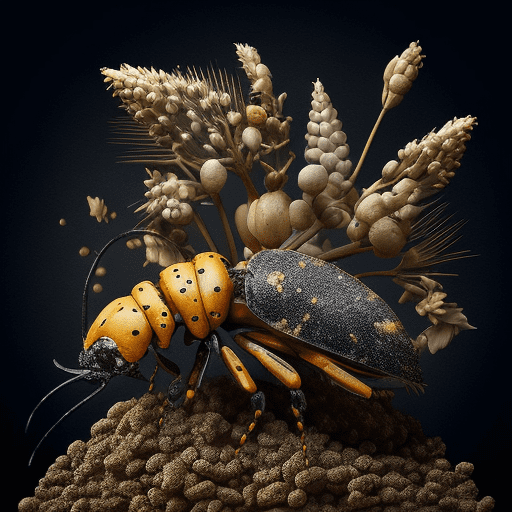
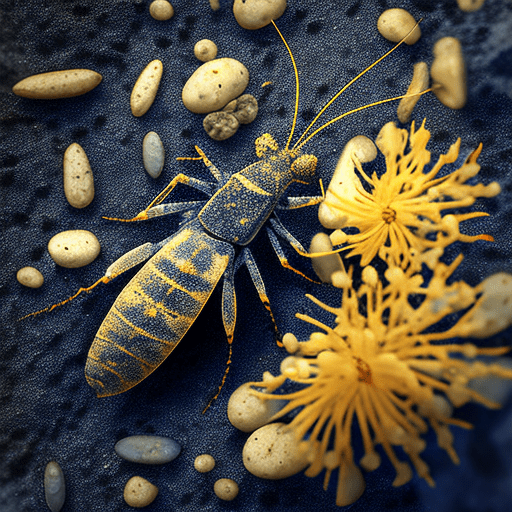
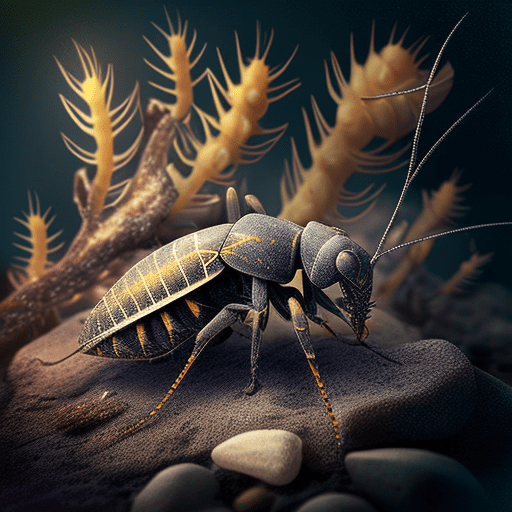
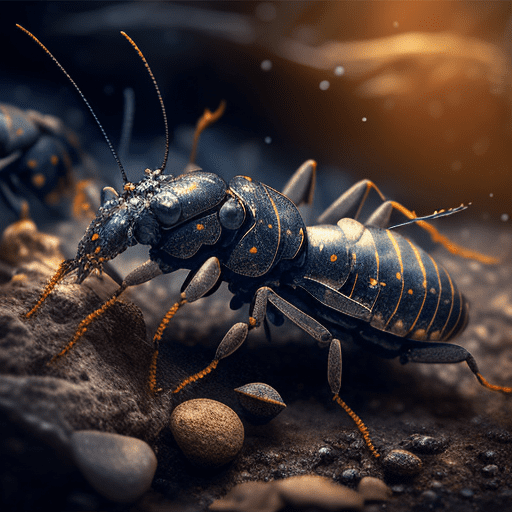














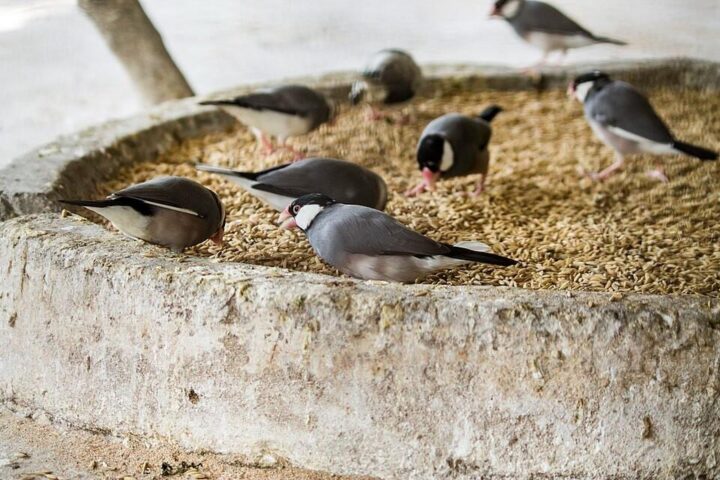

![A male [[Great white shark]] off [[Isla Guadalupe]], [[Mexico]]. Along with many [[Mackerel scad|Mackarel scads]] seen in the background. Photo Source- Terry Goss (CC BY-SA 3.0)](https://www.karmactive.com/wp-content/uploads/2025/06/White_shark-720x480.jpg)
